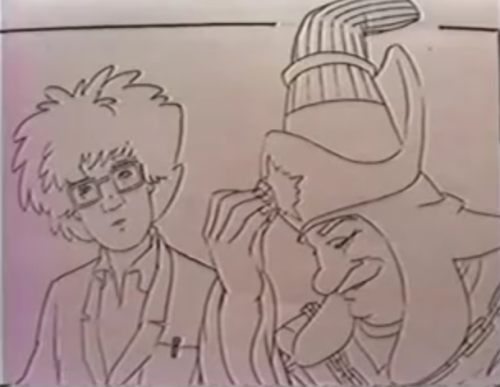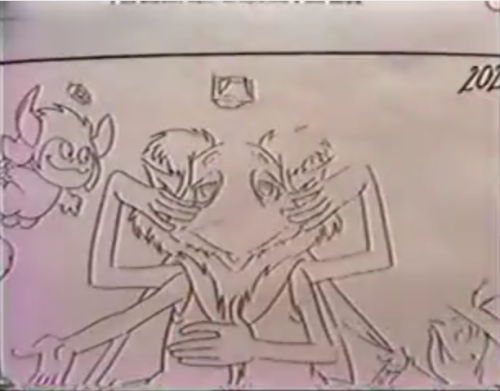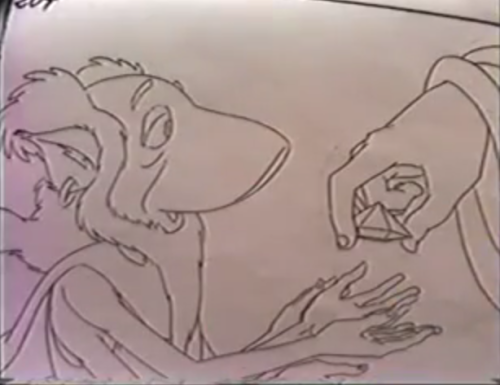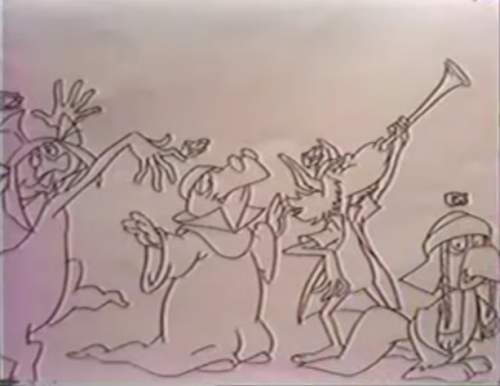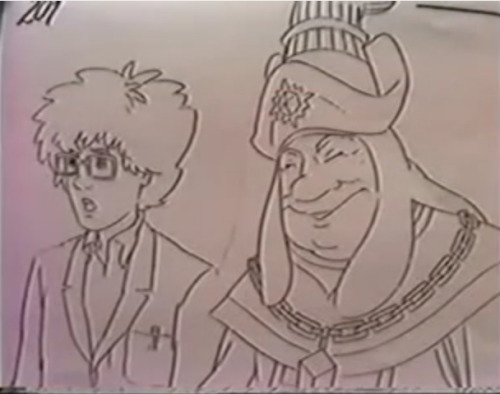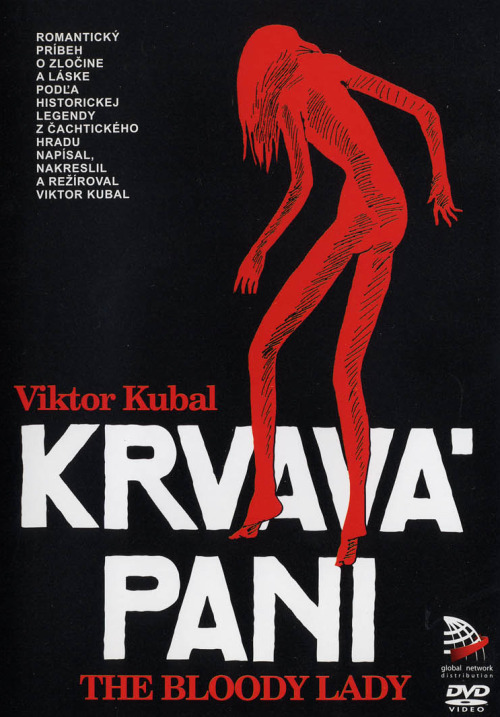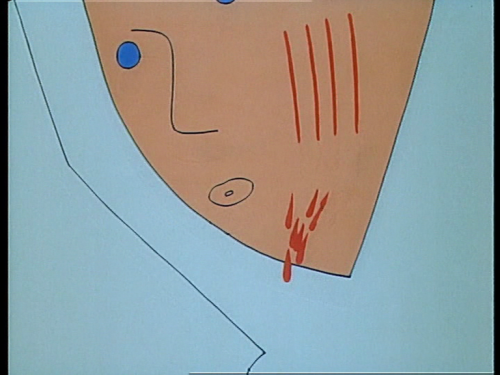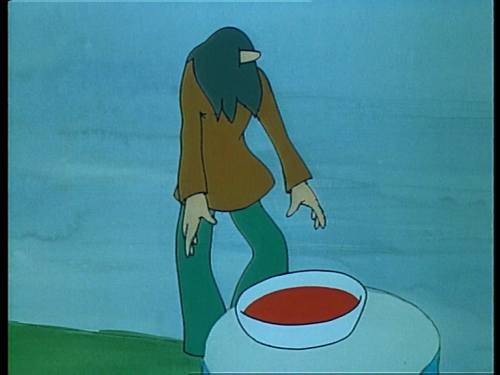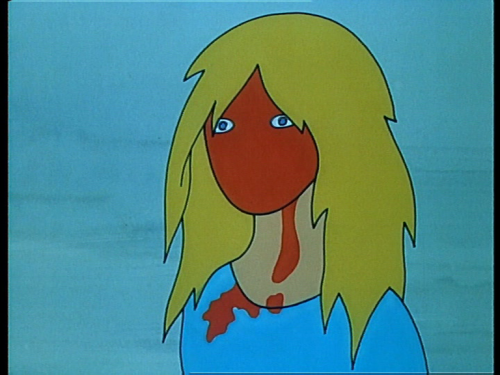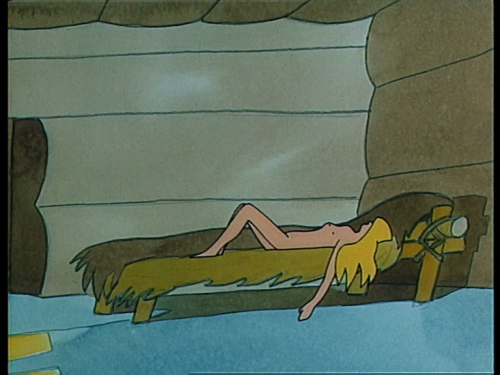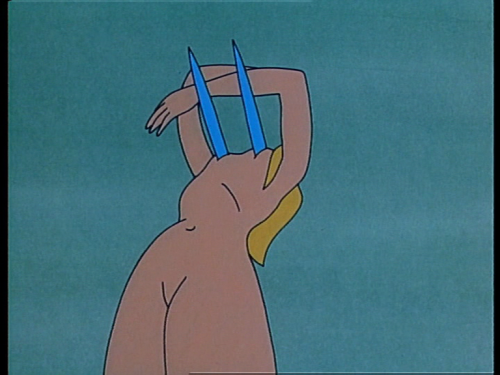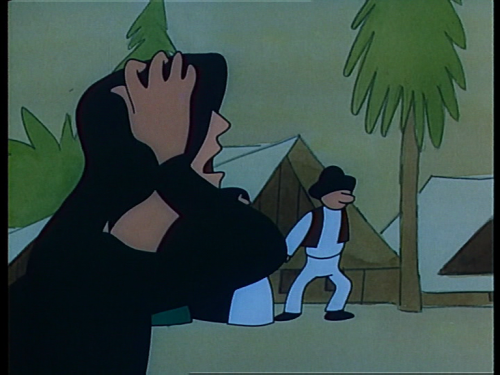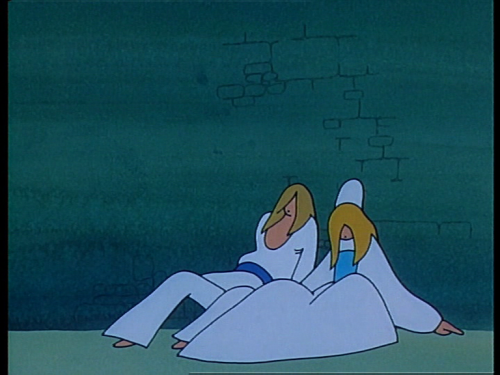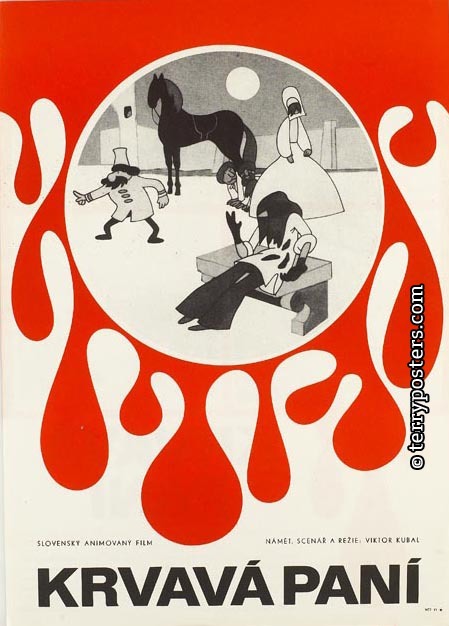#film danimazione
In 1988, French animation director René Laloux released his third and final feature-length animated film, Gandahar — a high-concept science-fiction film based upon a 1969 French novel. The same year, Harvey Weinstein released an edited version of the film in the United States re-titled Light Years. The only version of the original dubbed into English, it featured a new script written by famed author Isaac Asimov and replaced most of the original French music soundtrack. Weinstein edited out most of the sexuality and nudity, resulting in a disjointed version of the original film. In the years since, Light Years has been has been ridiculed forgotten while the original, unedited Gandahar has been restored and re-released with English subtitles.
Post link
Gandahar(1988)
By René Laloux
Produced in France and North Korea
Approximate Run Time: 83 minutes
Post link
Gandahar (1988): “René Laloux, director of Fantastic Planet[La Planète sauvage], createdGandahar, his final animated feature film, in 1988. Based on an original story by Jean-Pierre Andrevon, and a huge hit in France at the time of its release, it combines Laloux’s famous imagination with that of animation designer Philippe Caza. Gandahar is a fascinating, adult animation which examines genetic mutation, the importance of organic farming, and urges a respect for nature that resonates today more than ever.
Life in the idyllic paradise of Gandahar seems peaceful and in joyous order, until the Mirror Birds report that inhabitants of whole villages have been turned to stone. A council of women chooses Sylvain Lanvère to uncover Gandahar’s mysterious metallic attackers. In doing so, he finds an underground race of deformed Gandaharians and an oversized motherbrain, both the result of botched genetic experiments.
The Weinstein Company released the film in English-speaking countries as the alternatively titled Light Years. Significant changes to the original film were presided over by Harvey Weinstein, who then credited himself as “Director”, instead of René Laloux. The English title is a translation, not of the original title, but of the original tag line “Les Années lumière” (The Light Years) as seen on the French poster. Changes included editing out sexual imagery and using almost an entirely new soundtrack. Light Years was considered a hack-job of the original film and has fallen into obscurity. The original, unedited film has since been restored and re-released with English subtitles.
Based on Les Hommes-machines contre Gandahar [The Machine-Men vs. Gandahar], which was published in 1969 by Jean-Pierre Andrevon.”
Post link
Title: Gandahar
Release Year: 1988
Production Country: France
Film Director: René Laloux
Animation Studio: SEK Studio
Medium: hand-drawn animation (classical)
Genre: sci-fi, fantasy
Length: 83 minutes
Concept art and character sketches from the 1990 Catalan feature-length animated film, Peraustrínia 2004.
Post link
DVD Cover for Krvavá pani/The Bloody Lady, a 1980 Slovokian animated feature written, directed, and animated by Viktor Kubal.
The film is based on the legend of Countess Elizabeth Báthory, who is alleged to have bathed in the blood of hundreds of virgin girls to maintain eternal youth and beautiful skin, making her the most prolific female serial killer in history.
The film contains no dialogue, only a musical score.
Post link
The Bloody Lady(1980)
By Viktor Kubal
Produced in Czechoslovakia
Approximate Run Time: 72 minutes
Post link
The Bloody Lady (1980): “about love and cruelty inspired by the legend of Countess Bathory, the infamous bloody lady of the Čachtice castle.
This animated feature was written, designed, and directed by Viktor Kubal, who faced a definite challenge in the folktale about Bloody Lady Bathory, doomed to bathe in the blood of young girls in order to be forever youthful herself. The director could not exactly substitute modern cosmetics for the red baths, and so he reduces their role while focusing on how the bloody baths came to be, and how they were ended. Lady Bathory, it seems, is a fair maiden living in a large castle and luxuriating in the natural world around her. While out enjoying the forest setting with some friends, she is caught in a rain storm and stricken with a debilitating fever. A young man saves her life by bringing her to his cabin and nursing her back to health. She is so grateful for his kindness that she gives him her heart — both literally and physically. That act ends up causing the bloody baths, and eventually leads to Lady Bathory being imprisoned in a tower and kept without food. The young woodsman hears of her imprisonment and rushes to the tower to join her. It is impossible for him to return her heart to put the scales of justice back to normal because he himself was the reason she gave her heart away. Both the animation and the fast-moving storyline keep the film at a certain distance from the horror of the bloody baths themselves — but since the folktale is known to every child in Czechoslovakia anyway, the effort was not meant to hide that aspect from the viewers, just to downplay it.”
*there is no dialogue in this film, only a music score*
Post link
Title: Krvavá pani / The Bloody Lady
Release Year: 1980
Production Country: Slovakia
Film Director: Viktor Kubal
Animation Studio: independent film
Medium: hand-drawn animation (classical)
Genre: horror, drama
“In 1960, Janik Hastrup and Flemming Quist Møller both got apprenticeships in the studio of Danish animation pioneer Bent Barfod. In their spare time, they played jazz in the same band. Together they founded Fiasco Film and in 1971 and made the Danish animated classic Benny’s Bathtub, now included in the official Danish film canon.”
Post link

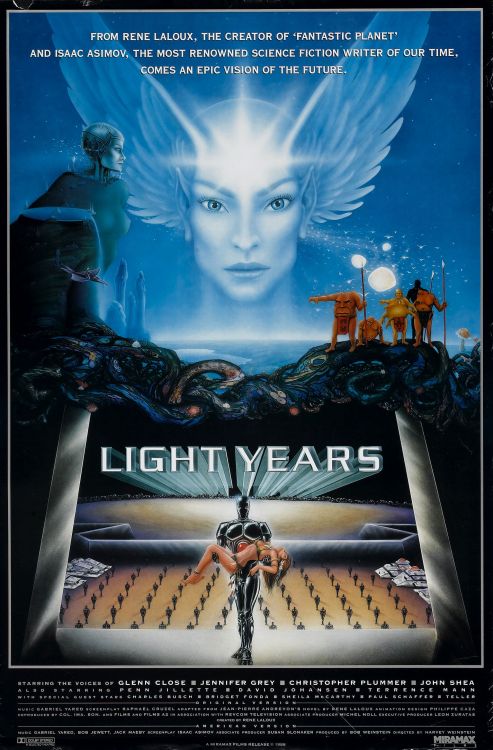
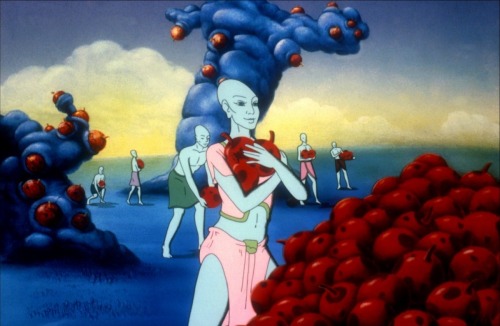
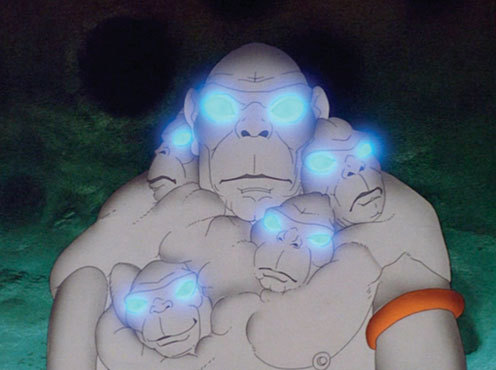
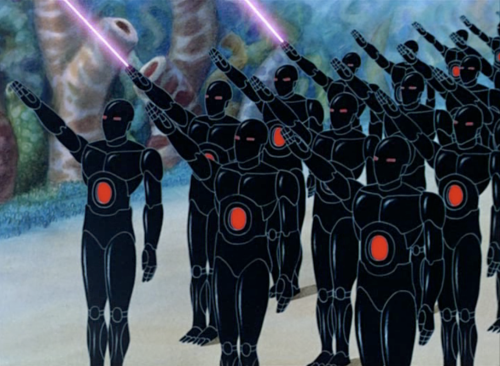


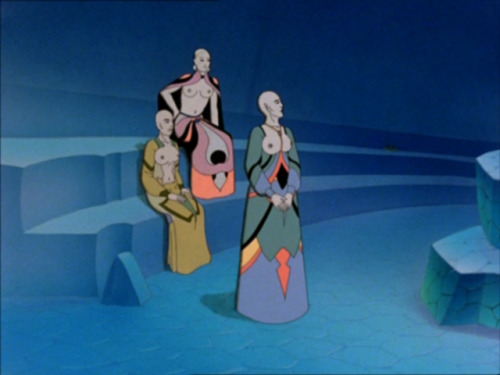

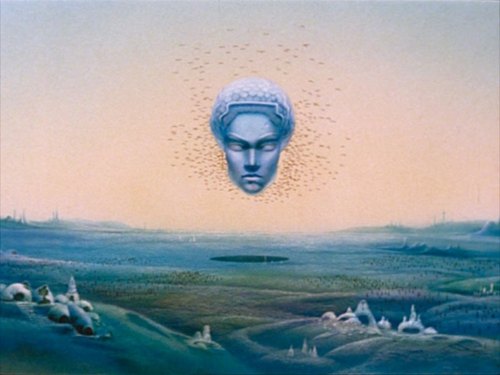
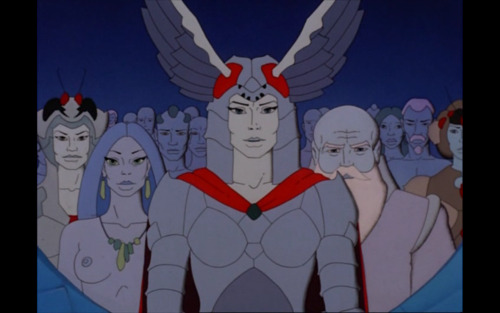
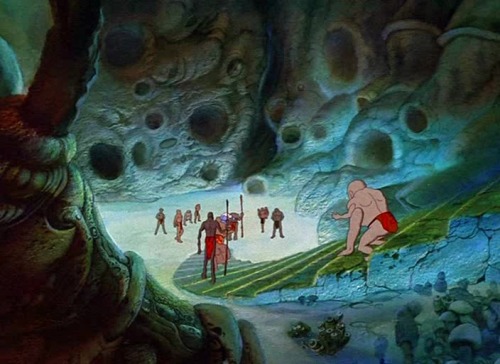
![Gandahar (1988): “René Laloux, director of Fantastic Planet [La Planète sauvage], created Gandahar, Gandahar (1988): “René Laloux, director of Fantastic Planet [La Planète sauvage], created Gandahar,](https://64.media.tumblr.com/deee785944a72bebba9877162d060692/tumblr_nvyp6506aH1rcufl3o1_500.jpg)

